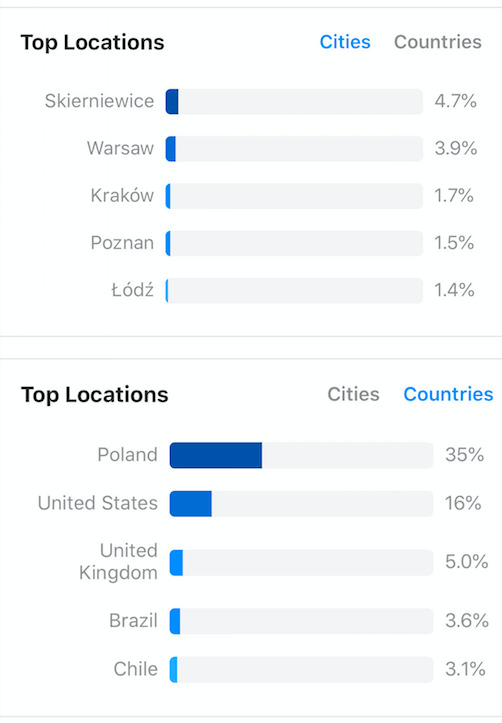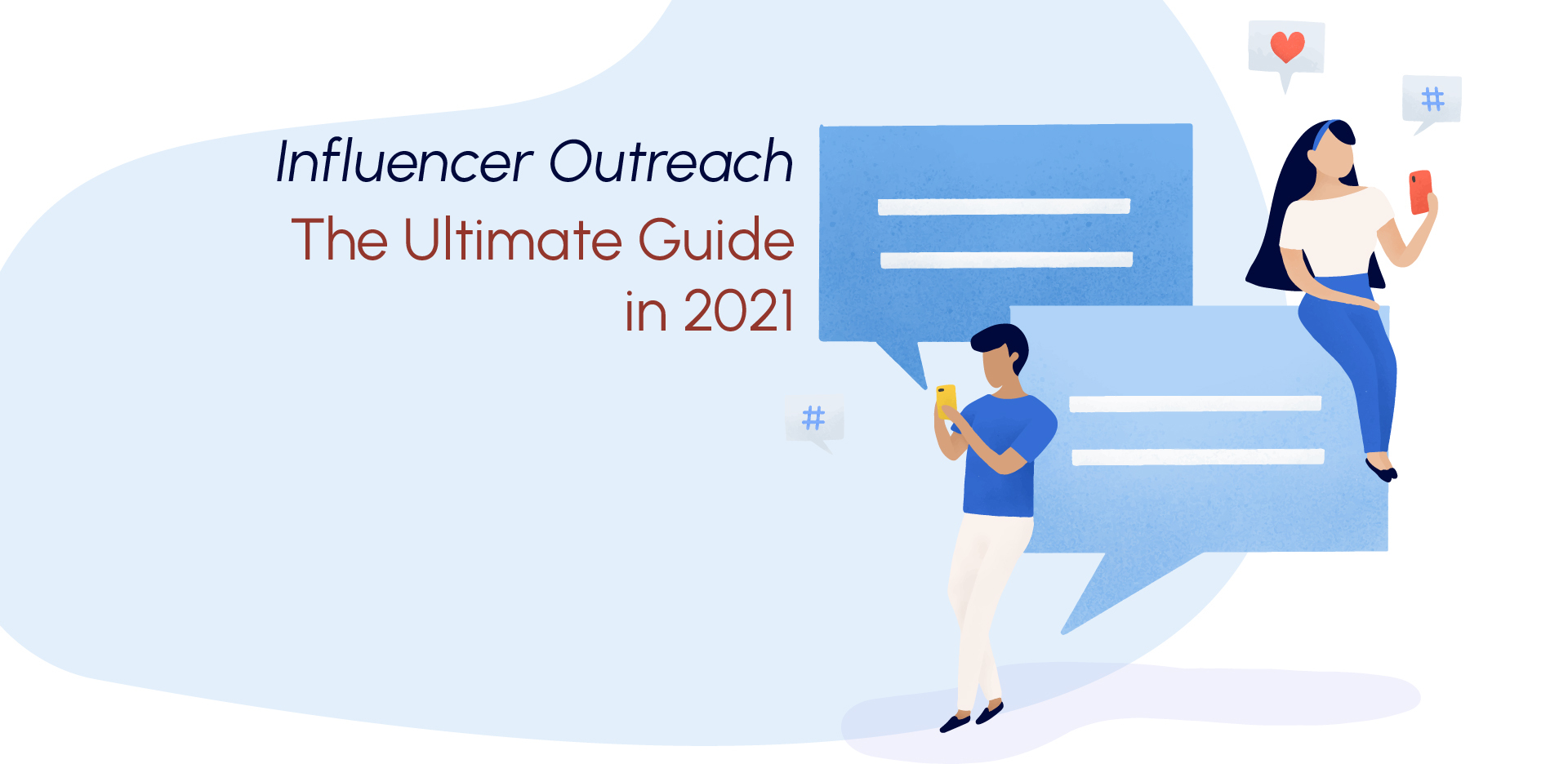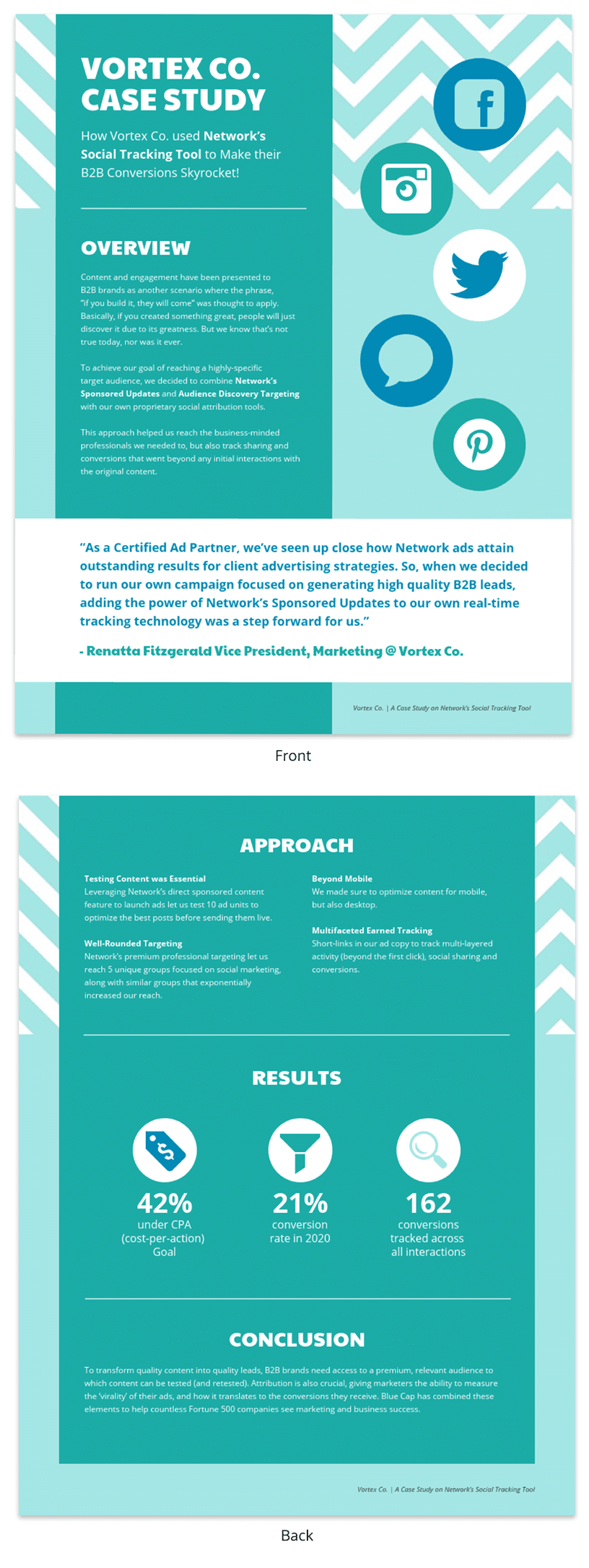
Social media is one way to optimize your website. Link optimization is a way to increase traffic to your website via social media. Here's how to make sure your links are optimized:
Link building
Although social media is not new, few marketers are taking full advantage of the many opportunities it offers to build links. Not only is social media a great way to increase brand awareness, but it also offers an affordable alternative to other link-building strategies. Even though it may not always be top of mind for SEO professionals, the right approach could help increase your website's rankings in search engines. Here are some ways to use social media to create links.
- Listen to what people are saying. You can gain valuable insights by listening to other people about your industry. Social media allows you interact with influential people and customers within your niche. The same goes for competitors and local news sources. Listening to others can help you develop a unique strategy for building links. Engaging with others on an ongoing basis can help you position your site as an industry leader and draw more referral traffic.
Technical optimization
There are three main types of social media SEO: technical, editorial, or onsite. Technical optimization involves optimizing your website's code, hosting, URL format, and spider speed. It does not affect ranking, and can be altered on your website. These are the three main types of SMO. Listed below are their key points:

Technical social-media optimization refers specifically to the optimization and development of online content that is most likely to get shared on social networks. It can be challenging to develop a formula to determine what kind of content will get shared on social media platforms, but it is growing in importance as social sharing is increasingly integrated into search results. There are many tools to help you make this decision. Here are three of the most common options:
Editorial optimization
Social media optimization involves combining editorial content with online advertising strategies. In this way, you can maximize the value of your content while minimizing time spent on the process. Editorial content is intended to communicate with people at the Awareness stage. It should be relevant to their needs. There are many ways to reach editorial goals. Here are four of the most popular:
Technical optimization deals with website code, URL formats (hosting), and link building. Technical optimization is a way to improve spider performance. However, it does not impact ranking and should not been overlooked. To ensure your website's highest performance, you can easily modify the technical optimization. There are three basic forms for optimizing social media. Technical optimization is fairly self-explanatory. It involves making sure your website's hosting, code, and URL formats are optimized for search engines.
Scheduling content
Social media optimization requires that content be generated and scheduled at the appropriate times to maximize engagement. By scheduling content ahead of time, businesses can develop a campaign, run competitions, and promote their service with consistency. Scheduled content also ensures reliability of analytics. A plan will save businesses from potential pitfalls. These are five reasons why scheduling content benefits your business.

Social media optimization allows you to set a time for curating branded assets. This includes GIFs (videos), graphics and GIFs. You can use simple, unstructured images for social content. But carefully crafted imagery gives your post depth and stands out. Your creative process can be streamlined by providing briefs to your content writers in advance. Make sure to send specific details of your content, including the image size.
FAQ
How long can I expect my content-marketing campaign to last?
It varies based on the type of service or product offered.
For example, if you sell shoes, you might spend one month designing a new shoe style. This could be an example: You launch a new product in August. Then, you continue to improve it throughout the year.
If you're selling clothing, you might design one look for fall and another for spring. You want to keep your customers interested by offering something new every day.
Your goals determine the length of your content marketing campaign. You may only need one channel for small businesses. To reach large audiences, larger companies might need to consider several channels.
What is content marketing?
This strategy involves creating relevant and valuable content for your blog or website. This content includes videos, images, text, infographics, etc., and it helps you attract new customers and keep existing ones engaged.
What is content marketing's main goal?
Content marketing aims to create valuable and relevant information for customers. This can be achieved through various channels, such as email campaigns and white papers. Your audience should be able to see the value you are providing.
Statistics
- According to research compiled by Coschedule: Companies that publish 16+ blog posts a month get as much as 3.5x as much traffic as those that publish 0-4 posts a month. (criteo.com)
- Seventy-two percent business to business (B2B) (mailchimp.com)
- In fact, would pay more for a better customer experience, and 86% of B2B buyers would pay more. (neilpatel.com)
- Progress indicators (0–100%) allow each team member to see how attainable each goal is and understand what remains to be accomplished. (semrush.com)
- We found that 40% of businesses don't have a documented strategy yet. (semrush.com)
- According to our research, 65% of companies with very successful content marketing in 2021 ran content audits at least twice a year. (semrush.com)
- Companies that use content marketing see approximately 30% higher growth rates than businesses not using it. (mailchimp.com)
- To further show the importance of this, 89% of people have stopped doing business with a company because of a poor experience. (neilpatel.com)
External Links
How To
How do we create content marketing strategies?
First, you need to understand what type of content you are going to create for clients. Once you've established your content goals, it's time for you to begin creating content. This may involve creating an editorial schedule and planning where these pieces will come. Content should always have a purpose. It doesn't really matter what content you're using, whether it's blog posts or social media updates. But they all should have a single purpose.
Once you have determined the content you want and who you are targeting, you need to know who they are. What are their interests and what do they care about?
Next is to find ways of communicating with your target market. Social media platforms are an excellent way to connect with people, but other options exist, such as videos, podcasts, webinars, etc.
Once you have decided how you want to communicate with your target market, the next step will be to identify what topics and types you want content to cover. This will help you to understand why you are writing the content. What problem does this solve? Are they satisfied? Does it make their lives more easy?
You now know what content you like to write. Now it's time for you to decide what you want. What do you want? On current events? Concerning specific products and/or services? Your focus is determined by your answer to this query.
Once you have answered all of these questions, it is time to put everything together into one package.
You want every piece you create to serve its purpose. It's not a good idea to waste any time or energy. You must ensure quality in all your content.
Don't forget that a great content marketing strategy has many moving parts.